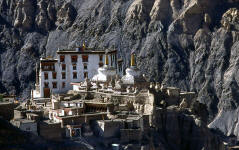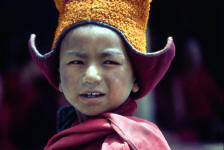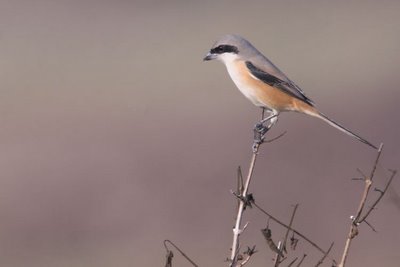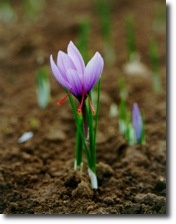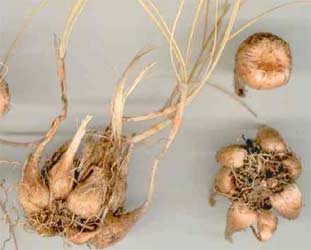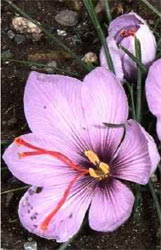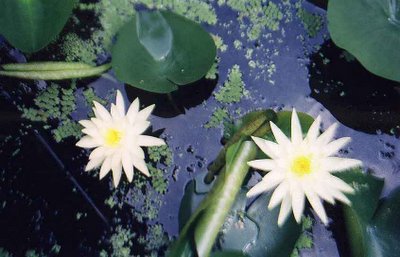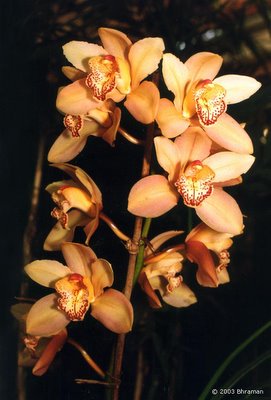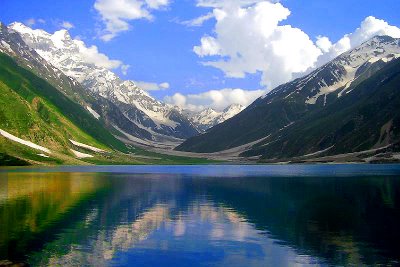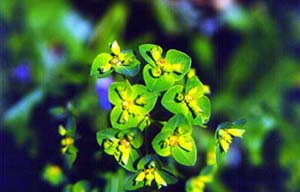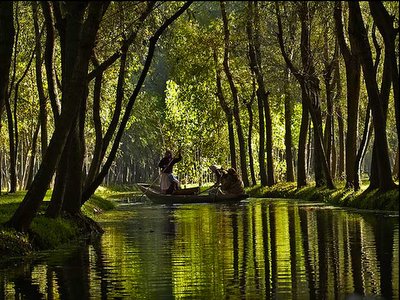FACTS & FIGURES

FACTS & FIGURES
Area
222,236 sq km
Population
10,069,917
Capital
Srinagar (Summer), Jammu (Winter)
Languages
Urdu, Kashmiri, Hindi, Dogri, Pahari, Ladakhi
Best Time to Visit
April to June (Kashmir Valley), October to March (Jammu Region)
HISTORY
The history of Jammu & Kashmir is quite old. Kashmir is mentioned in the epic Mahabharata. In 250 BC, Ashoka, the great Mauryan king, established the city of Pandrethan and built many viharas and chaityas. This says much about the strategic importance that this region held even in that time. Some sources claim that Buddha also visited this region, though no proof is available to validate this theory. Kanishka, the great Kushana king, called the Third Buddhist Council at Harwan, near Srinagar, in the first century AD. This Council saw the division of Buddhism in two distinct streams called Hinayana and Mahayana.Kalhana, the first Indian history writer, gave a vivid account of the history of Kashmir before the 10th century AD. Local kingdoms ruled extensively in this region until the 12th century AD when Muslims invaded the region. The greatest Muslim king of early medieval age in Kashmir was Zain-ul-Abidin, who ascended the throne in AD 1420 and ruled up to 1470. His long rule contributed extensively to the spread of art, culture, music, and every other sphere in the life of Kashmir people. He also created a strong army and annexed many regions nearby Kashmir. These were the time of golden rule in Kashmir when peace and harmony prevailed. After the death of King Zain-ul-Abidin, a period of destruction came calling to Kashmir and many raiders from outside looted the state and made the people and local rulers their captive. In 1587, Akbar annexed Kashmir into his vast empire. Jahangir, son of Akbar and next Mughal ruler, visited Kashmir 13 times and created two beautiful gardens on the bank of Dal Lake, namely, the Shalimar Bagh and Nishat Bagh. After two centuries of peace and development, Kashmir came into the hands of the Pathans in 1752, when the Afghan ruler Abdul Shah Abdali attacked this region on the request of local noblemen. The Pathans established a rule of terror here, no better than that of Aurangzeb, the last important Mughal ruler. In 1819, the Sikhs under Maharaja Ranjit Singh annexed this region, but their empire remained in place only for 27 years. From 1846 to 1957, the Dogras ruled over this region when British defeated Ranjit Singh and handed over the administration of this region to Maharaja Gulab Singh. The Dogra rule also for the first time put in reality the modern state of Jammu & Kashmir. During India's freedom struggle, people from this state participated extensively under the leadership of Sheikh Abdullah
wasim rashid




